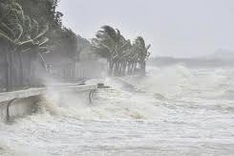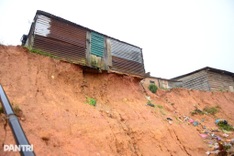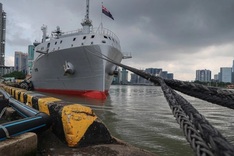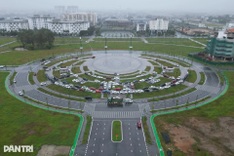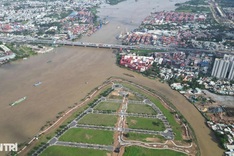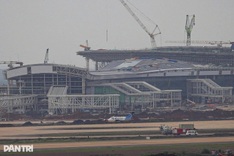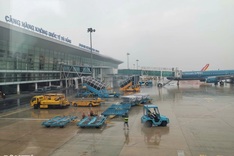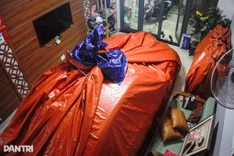More than a half of the medical waste incinerators existing in Vietnam have been left unused, because their owners do not have money to pay for fuel and maintenance, and fix problems. Especially, they still do not know how to treat the toxic heavy metals in the ashes.

Tien phong has quoted Nguyen Huy Nga, Head of the Department for Preventive Medicine under the Ministry of Health, as saying that some provincial hospitals have two medical waste incinerators.
“The incinerators are the gifts from foreign institutions, and they can use the one they want. But they have not used any of the incinerators,” Nga said.
The problem is that the hospitals cannot arrange money to run the incinerators. A kilo of oil would cost 20,000 dong, which means that in order to burn one kilo of toxic medical waste, they would have to spend 80,000 dong. Meanwhile, the total cost would be 10,000 dong per kilo in Japan.
It seems that in terms of environment treatment, everything is more expensive in Vietnam than in foreign countries, according to Dr Pham Binh Quyen from the Vietnam Association for Conservation of Nature and Environment (VACNE); especially in treating hazardous waste.
According to Dr Nga, there are 490 medical waste incinerators in Vietnam, of which 276 are operational.
Provincial incinerators will run if the provincial authorities accept to allocate budget. If authorities do not give a nod, the incinerators will stay untouched. An incinerator needs 60 million dong a month to operate, which is unaffordable to hospitals.
The process of treating solid waste is carried out in different ways at different hospitals, because the technologies are also different. Which technologies to choose will still depend on many conditions, including the land fund, according to Phap luat & Xa hoi.
The fact that many incinerators have been left idle means that hazardous waste cannot be treated, which may go out to the environment and bring germs to people.
However, the operational incinerators also bring worries, because they may cause secondary pollution with their smoke. “Most of the incinerators in Vietnam do not have the equipment which allow to control dioxin furan,” Dr Nga said.
Meanwhile, the ashes that contain hazardous heavy metals cannot be treated and they become a new kind of hazardous waste.
Dr Nga said medical waste is organic persistent, which may cause secondary pollution; especially, it could be the source of severe illness, including cancer.
Dr Nguyen Ngoc Sinh from VACNE, said that 20 years ago, it would be a big event which might stir the public if a locality has a waste dumping ground. Meanwhile, every province and city now can have such a ground.
According to Dr Nguyen Trung Viet from the HCM City Department for Natural Resources and the Environment, the figures about the waste and the collected waste every day which can be seen in official reports prove to be unreliable.
He believes that HCM City every day creates no less than two million tons of solid and liquid waste.
“It is very difficult to calculate the volume of industrial and hazardous waste. There are no reliable estimates. We lack the information about industrial waste,” Viet said at a workshop on waste treatment held recently in Hanoi.
According to Hanoi’s authorities, every day, Hanoi has 700-1000 tons of industrial and hazardous waste, but no one can prove that the figure is the accurate. State management agencies only make report based on the reports submitted by the owners of the waste sources, while they never declare the actual figures, for many reasons.
Who can then give the most accurate figures about the hazardous waste? According to Viet, it is taxation agencies, the bodies which no one thought about before.



